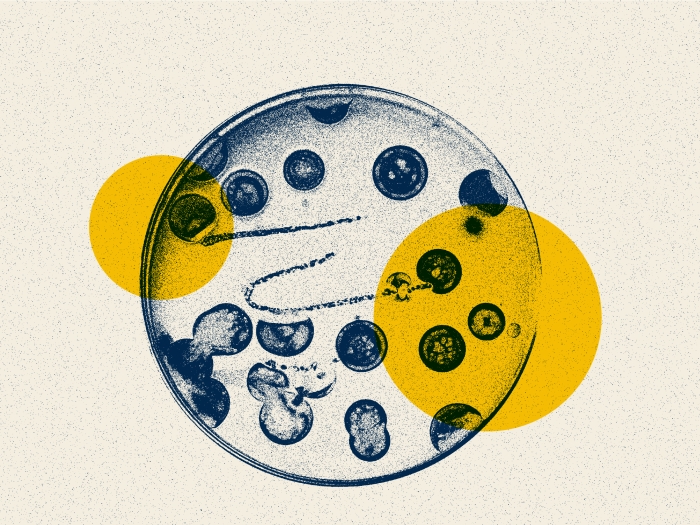It increases the number of hearts considered for transplants
1:15 PM
Author |

In the United States, about 30-40% of donor hearts aren't considered for transplant due to inadequate function in the donor.
This creates a drop in the number of donated hearts that are available to be matched with someone who needs a heart transplant.
A team at University of Michigan Health led by Alvaro Rojas-Pena, M.D., a research investigator with the section of transplantation surgery at University of Michigan Health has spent the past eight years looking at better ways to transport organs for donation, specifically hearts, to improve the number of organs that can be used for transplants.
Rojas-Pena’s team found through using a modified normothermic perfusion system heart preservation is feasible for up to 24 hours.
The system uses a blood-derived solution to perfuse the organs and has a hemofilter to remove toxins.
This system allows for prolonged preservation of longer than 12 hours without creating edema or damage to the organs.
The current standard for heart preservation between donation and transplant is up to six hours in cold static storage.
While some hearts can still be transplanted after this six-hour mark, they have increased posttransplant morbimortality rates.
“We can maintain heart viability by perfusion at coronary flows and we are able to remove toxins and control edema to the tissue,” said Rojas-Pena.
“Most importantly, our system can be used to objectively assess function of the organ prior to transplant including the ability to perform echocardiograms, compared to assessment of function in the donor.”
This research and current data prove the concept that normothermic perfusion has the potential to increase the organ pool by considering previously discarded hearts, performing an objective assessment of heart function, increasing the donor/recipient distance and developing heart-specific perfusion therapies.
By extending the time of organ preservation, logistics will become less of an issue and organs with borderline or questionable function can objectively be assessed and potentially considered for transplant.
This opens the option for “organ” therapy and conditioning prior to transplant.
Additional authors include Brianna L. Spencer, Spencer K. Wilhelm, Christopher Stephan, Kristopher A. Urrea, Daniela Pelaez Palacio and Robert H. Bartlett from the Extracorporeal Life Support Laboratory, Department of Surgery, University of Michigan Medical School. Daniel H. Drake from the Extracorporeal Life Support Laboratory, Department of Surgery, University of Michigan Medical School and the Department of Cardiac Surgery, University of Michigan Medical School.
This work was funded by the Maxine and Stuart Frankel Foundation, Fast Forward Medical Innovation, and current work by the NIH R01-HL161139-02
Michigan Research Core: ULAM Pathology Core (formerly IVAC)
Paper cited: “Extending heart preservation to 24 h with normothermic perfusion,” Frontiers in Cardiovascular Medicine. DOI: 10.3389/fcvm.2024.1325169
Sign up for Health Lab newsletters today. Get medical tips from top experts and learn about new scientific discoveries every week by subscribing to Health Lab’s two newsletters, Health & Wellness and Research & Innovation.
Sign up for the Health Lab Podcast: Add us on Spotify, Apple Podcasts or wherever you get you listen to your favorite shows.

Explore a variety of health care news & stories by visiting the Health Lab home page for more articles.

Department of Communication at Michigan Medicine
Want top health & research news weekly? Sign up for Health Lab’s newsletters today!





